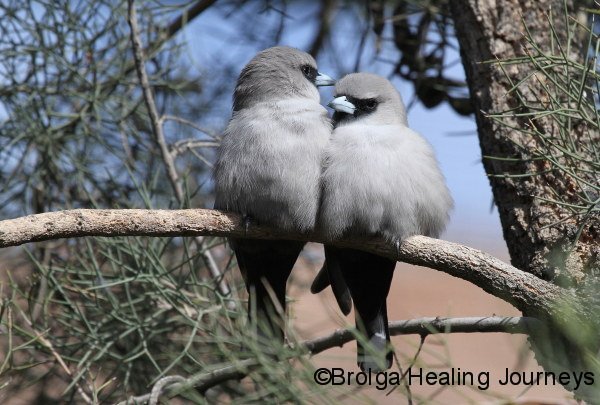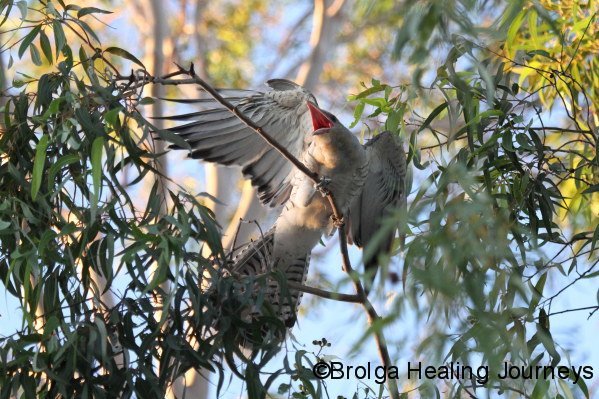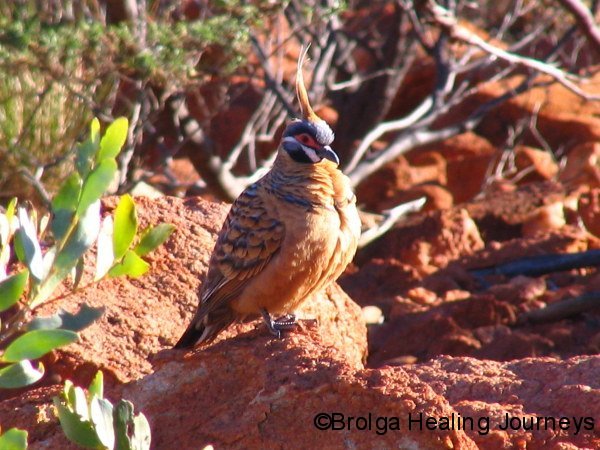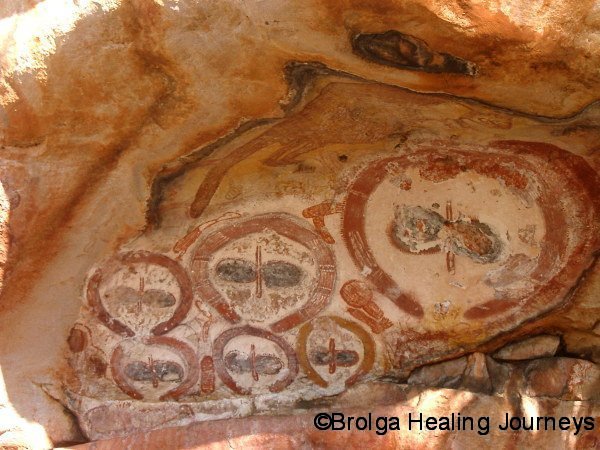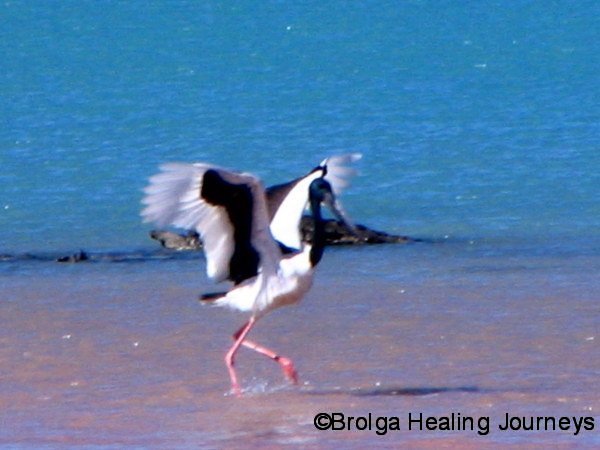Partial Lunar Eclipse – 26 June 2010 – Observed from Alice Springs NT, Australia
We admired the beautiful full moon in the early evening of 26 June 2010, but had no idea that there was to be a partial lunar eclipse, until we received a phone-call from my father in Canberra suggesting we have a look into the night sky. A lunar eclipse occurs when the earth’s shadow blocks the sun’s rays from striking all or, in the case of a partial eclipse, some of the moon. As it can only occur when the sun, earth and moon are in full alignment (or close to it), a lunar eclipse only occurs during the full moon. Around half of the moon was to be in shadow during this eclipse.
Unfortunately, we missed the start of the partial eclipse, and the first couple of hand-held photos are somewhat blurred. Once the tripod was set up the photos improved. I took the first photo at 8.06 PM Australian Central Standard Time (8.36PM Aust Eastern Standard Time) and took the final one of the series at 10.36PM ACST, by which time I was just about frozen solid.
Thanks Mum and Dad for the call!




